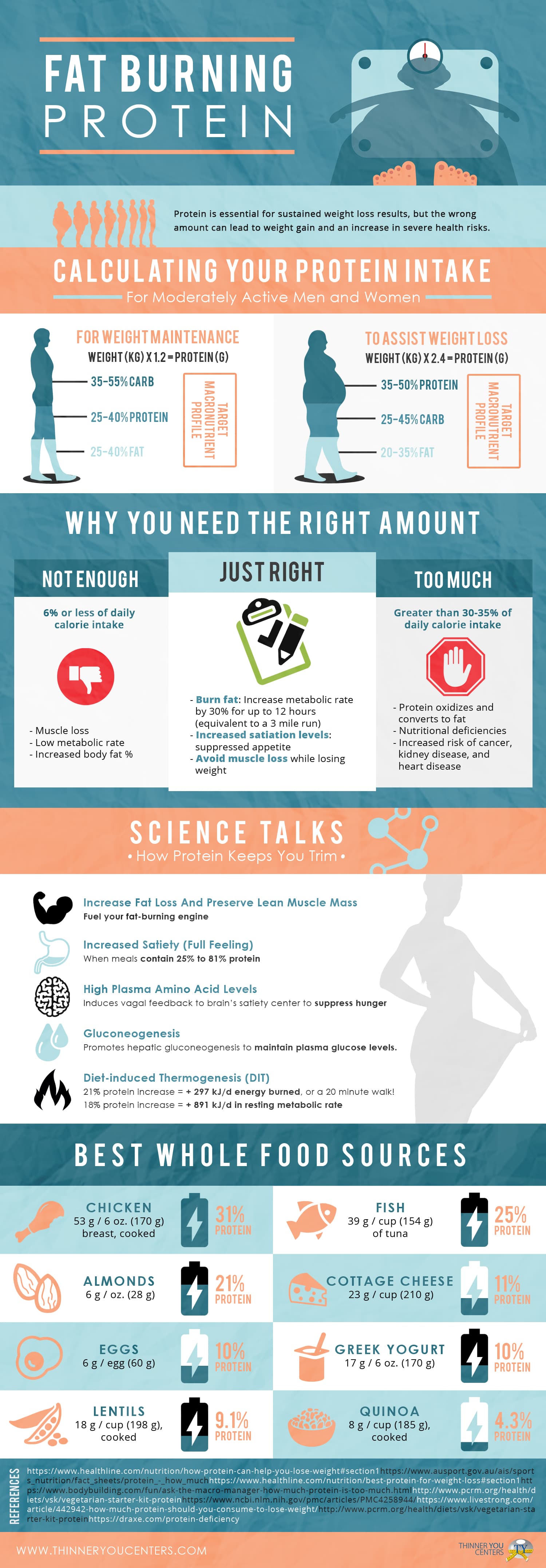Cold laser therapy is a non-invasive, pain-free therapy that helps in reducing inflammation and improves cell regrowth. It is a safe option to intrusive procedures and usually has immediate results.
Laser photons initiate a chain reaction of chain reactions within the cell that decrease discomfort, swelling, and accelerate recovery. It increases blood circulation to the location by causing vasodilation.
What to Anticipate
Cold laser therapy is a non-invasive treatment that makes use of low-level laser light to penetrate deep into hurt tissues, setting off cell function on several degrees to promote cells recovery. This helps reduce pain and swelling, while advertising muscle contractions and regrowth.
Throughout a session, you'll sit or rest comfortably and the practitioner will certainly mark the areas on your body that need to be dealt with. The professional then applies a little portable gadget with the laser to the area. During the therapy, you may feel a minor tingling or warmth in the area of your injury.
Prior to beginning treatment, it is very important to clean up the area of your injury and remove any type of jewelry or various other things that could hinder of the laser's path. It's also important to prevent any type of flammable materials that could be in the area of the laser beam. This will certainly guarantee your safety and the efficiency of the therapy.
Preparation
Cold laser treatment functions by shining light externally of your skin. The light is taken in by the leading layer of your skin and after that promotes the cells to create energy that advertises recovery.
During the treatment, you may feel a cozy or prickling experience in the location that is being treated. This is completely typical, though you must allow the expert know if the sensation is unpleasant or as well strong.
This treatment has a great deal of assurance for helping patients with terrible brain injury (TBI). The treatment laser is non-invasive and doesn't have any type of unfavorable negative effects. Nonetheless, even more study is required to establish the optimum therapy method. The most effective way to find out if you are a candidate for this type of therapy is to consult with a trained physiotherapist. They will have the ability to assist you establish if chilly laser treatment is right for you.
The Treatment
As soon as the professional has effectively placed you for therapy, they will then put the cold laser device on the damaged location. They might maintain it on for 30 seconds or longer, depending upon the size of the injury and its sensitivity. They will certainly make use of safety safety glasses to guarantee that the laser does not directly hit the eyes, and they will make sure that you are protected from any kind of glow that might happen.
You may really feel a mild prickling experience on the location that is being dealt with, however it will not be undesirable or painful. This is a sign that the laser is functioning to promote the recovery process in the affected cells.
A lot of individuals experience pain alleviation within a couple of sessions, with some seeing enduring results even after numerous months of therapies. It is very important to note that LLLT is not meant as a single therapy for any persistent discomfort condition and it should be coupled with other therapeutic strategies in order to accomplish maximum outcomes.
Post-Treatment
After you relax or rest, the specialist will certainly use a wand with a collection of light-emitting diodes to target your discomfort site. You will use safety eye goggles, and the laser may be hung on your skin for 30 to one minute. You might feel a mild, comforting sensation during the therapy.
The photons from the laser pass through deep into your tissue, activating a healing feedback on a cellular degree. Unlike other kinds of laser treatment, this low-intensity approach does not produce heat.
Some researches have revealed that cold laser treatment is effective in dealing with a number of problems, including persistent pain and injuries. However, it is much less widely approved as a common medical method, and it isn't covered by numerous medical insurance plans. In addition, it is not recommended to be made use of over any type of dubious cancerous sores or carcinomas or on pregnant ladies. You need to always consult with your oncologist before pursuing this form of treatment.
